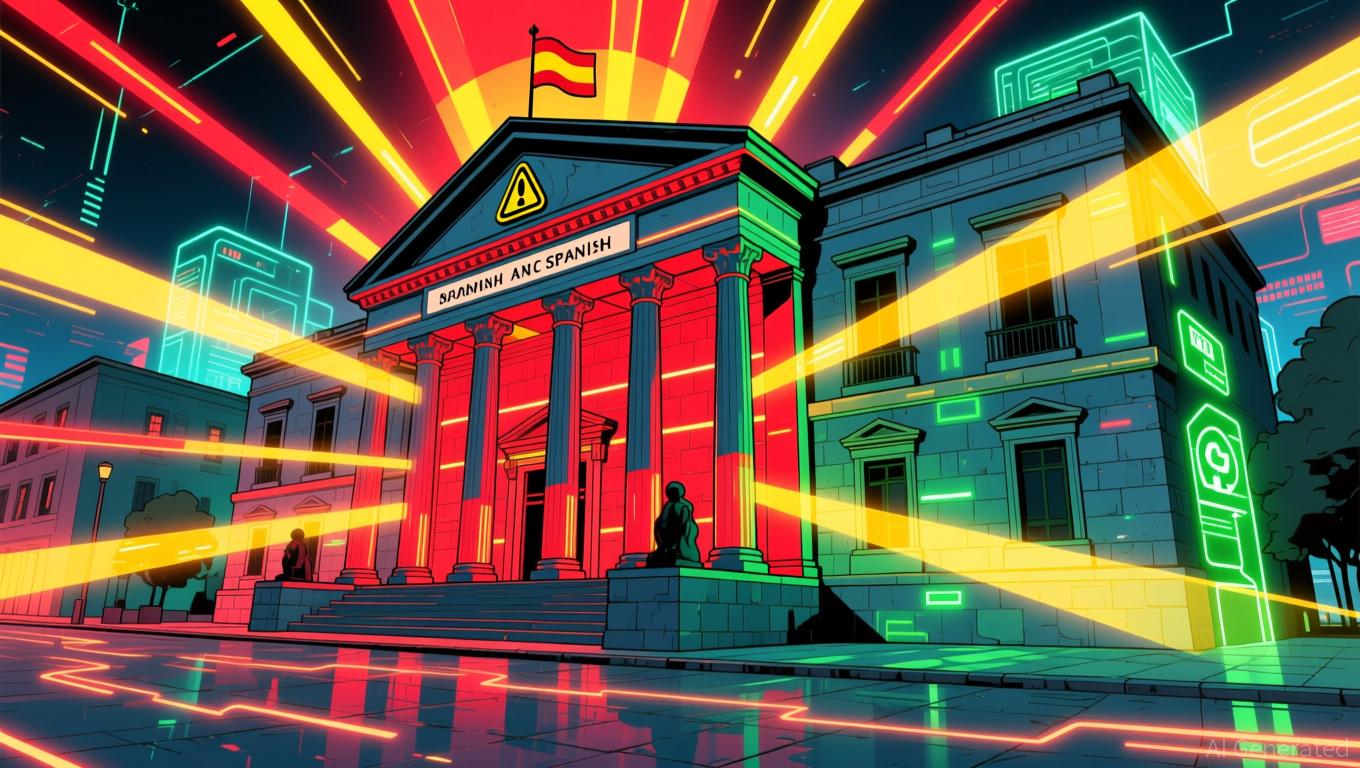Ethereum News Today: How Toaster Technology is Fueling Ethereum’s Climb Toward $80,000
- Ethereum's Pectra upgrade and zkSync's Airbender prover breakthroughs enhance scalability, enabling gigagas-level throughput and slashing proof costs to $0.0001 per transfer. - Institutional adoption grows with 3x leveraged ETH ETFs and $1.13B June inflows, while daily ETH burns tighten supply and drive prices toward $2,200 post-upgrade. - Analysts project ETH could reach $80,000 as Layer-2 solutions handle 60% of DeFi transactions, combined with deflationary dynamics and ETF-driven demand. - Challenges
Ethereum's
The Pectra Upgrade, which went live in May 2025, unified Ethereum’s execution (Prague) and consensus (Electra) layers into a single release, delivering significant enhancements in gas usage and network throughput
Scalability also took a leap forward with zkSync’s Airbender prover, which
The timing of these upgrades coincided with a spike in institutional activity, highlighted by
The combination of lower fees, greater throughput, and growing institutional adoption has fueled speculation that ETH could hit $80,000. Layer-2 networks like
Despite the positive outlook, challenges persist.
As Ethereum addresses these obstacles, it stands on the brink of a new era. With transaction fees expected to drop and speeds to increase, the network’s attractiveness to both developers and investors is set to rise—potentially paving the way for ETH to reach the $80,000 mark.
Disclaimer: The content of this article solely reflects the author's opinion and does not represent the platform in any capacity. This article is not intended to serve as a reference for making investment decisions.
You may also like
Bitcoin Updates: Bearish Trend in Bitcoin Fuels Increased Interest in Mutuum's DeFi Presale
- Mutuum Finance (MUTM) gains traction as a DeFi presale contender, projecting 2,600% ROI with Phase 6 nearing 99% completion and a $0.040 price hike in Phase 7. - Its buy-and-distribute tokenomics and $18.89M Phase 6 raise highlight strong demand, while Halborn Security audit and Q4 2025 lending protocol launch reinforce institutional-grade credibility. - Bitcoin's dip below $83,000 amplifies MUTM's appeal as a hedge, with analysts noting 400% post-launch price potential and 24-hour leaderboards boosting

"Automation and enhanced security are driving cryptocurrency's efforts to make trading accessible to everyone"
- Bitget's Black Friday campaign offers 100% reward matches and a 50,000 USDT prize pool for spot-grid trading, targeting retail investors with automated tools. - Mutuum Finance advances to Phase 2 with 90% presale completion, preparing a Q4 2025 protocol launch supported by Halborn audits and institutional-grade security. - Both initiatives highlight crypto's shift toward democratizing trading through automation, security, and rewards to lower entry barriers for mass adoption.

Bitcoin Updates Today: The 2025–2031 Battle for Bitcoin: Long-Term Confidence Faces Near-Term Uncertainty
- Bitcoin's 2025 price dropped 30% to $85,000 amid Fed policy shifts and ETF outflows, triggering market recalibration. - Institutional investors like Harvard and Japan's Metaplanet are accumulating BTC, signaling potential 2026–2031 bull phases. - Analysts project $160,000–$350,548 targets by 2026–2031, but warn of $53,489–$58,000 bear risks amid macroeconomic uncertainties. - Long-term bullish sentiment persists despite short-term volatility, with on-chain data showing whale accumulation at discounted le
Spain’s Revamp of Crypto Tax Laws May Spark Market Turmoil, Opponents Caution
- Spain's Sumar group proposed crypto tax hikes to 47% and a risk "traffic light" system for platforms in November 2025. - The plan introduces dual taxation for individuals/businesses and expands seizable crypto assets beyond EU MiCA rules. - Experts warn of legal challenges, market instability, and "absolute chaos" if the reforms create compliance burdens for investors. - Critics argue the measures could deter crypto adoption, drive activity underground, and destabilize Spain's emerging crypto sector.
